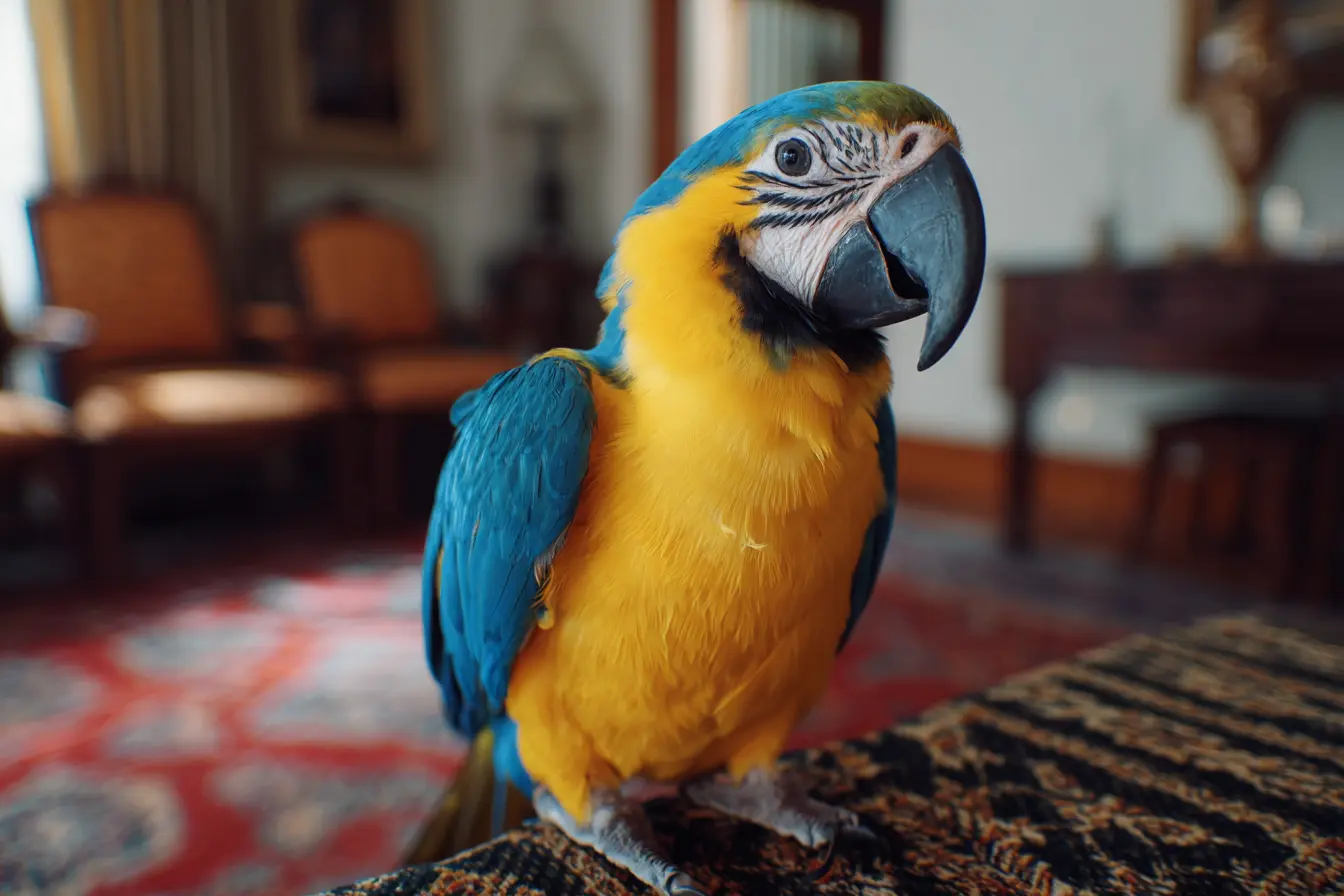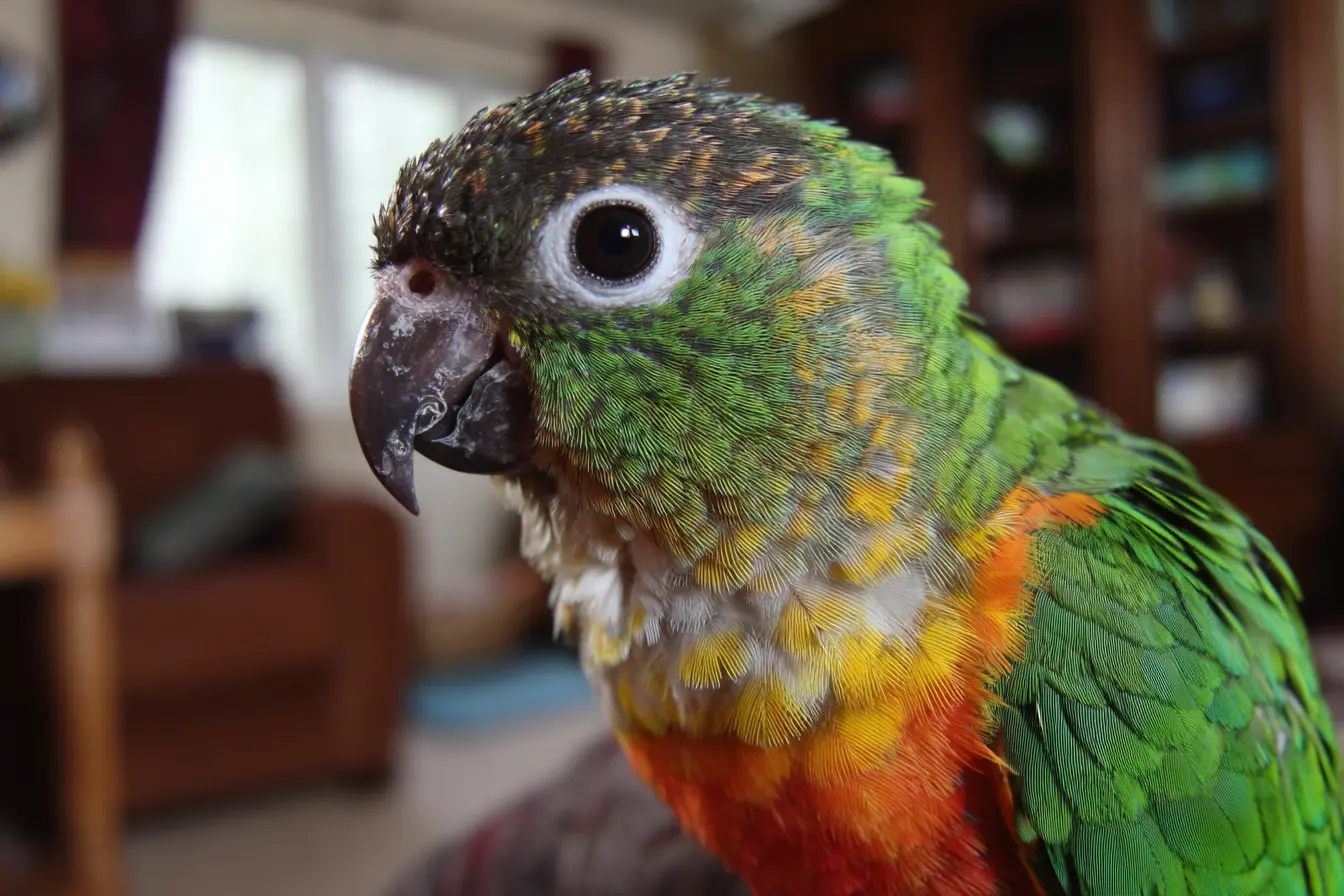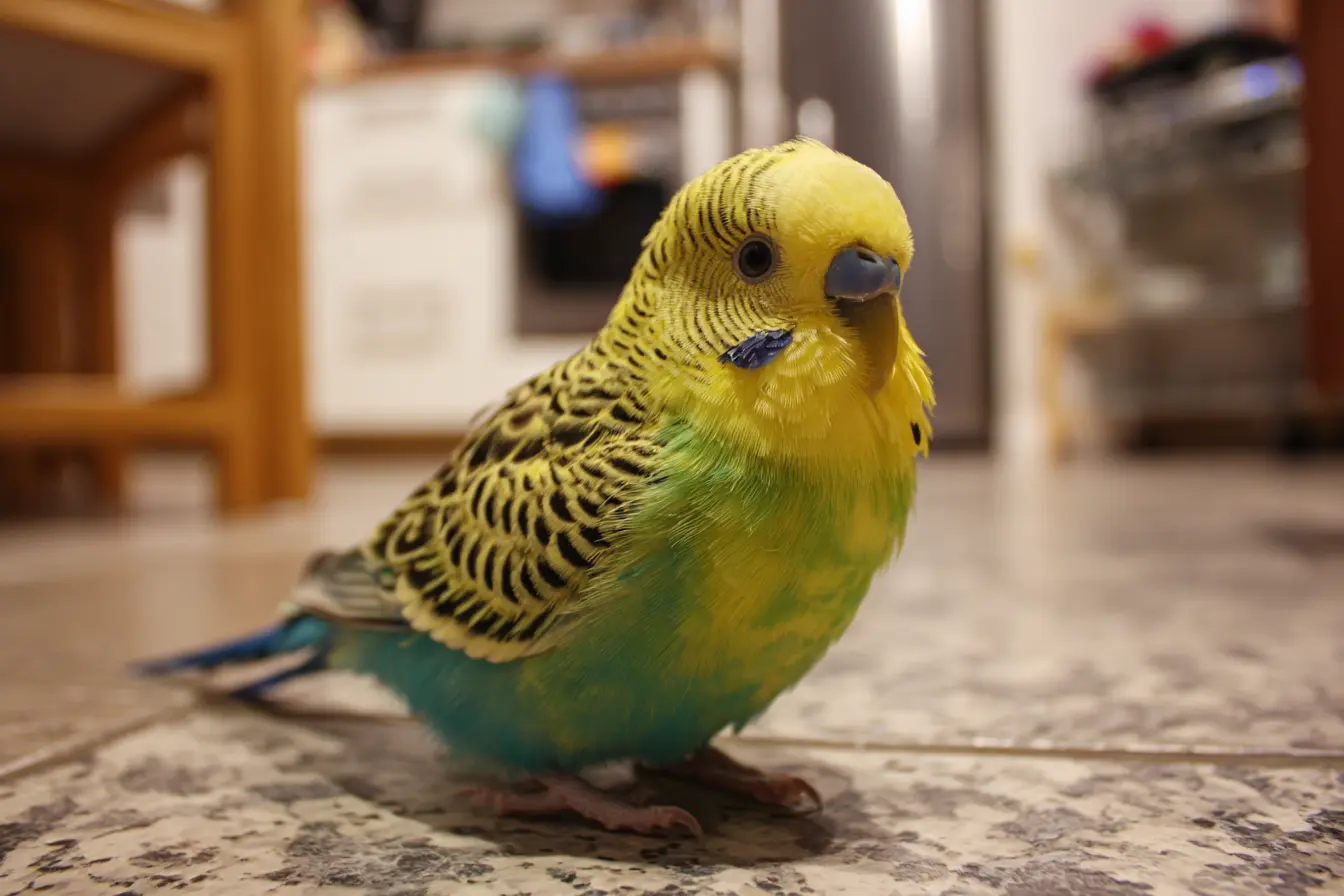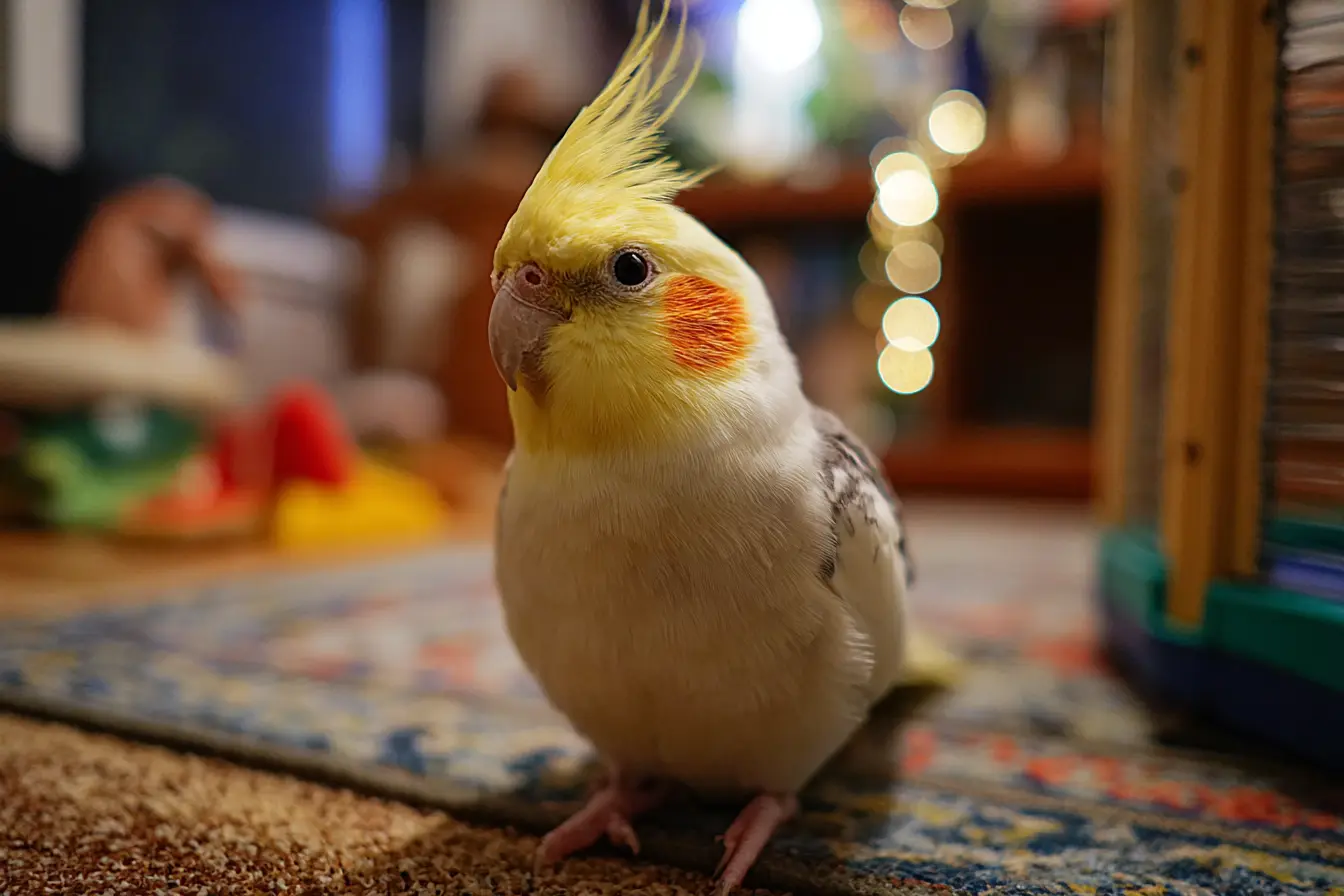
Newcastle Disease in Pet Birds: What Every Bird Owner Should Know
Newcastle disease is a highly contagious viral infection that affects a wide range of bird species, including parrots, finches, budgerigars, cockatiels, pigeons, and poultry. Caused by the Avian Paramyxovirus Type 1 (APMV-1), this serious disease can lead to respiratory, digestive, and neurological symptoms. In some cases, it may result in sudden death, making awareness and prevention critical for bird owners.
Though more common in commercial poultry and wild birds, Newcastle disease poses a real threat to pet birds, especially in homes with multiple birds or contact with birds from outside sources.
What Is Newcastle Disease?
Newcastle disease is a viral infection that primarily targets a bird’s respiratory and nervous systems. The virus is extremely resilient and can survive for long periods in the environment, especially in droppings, feathers, and contaminated surfaces. The severity of illness depends on the strain of the virus, the bird species, and its immune status.
There are three forms of Newcastle disease, based on virulence:
- Lentogenic – mild, often used in vaccines
- Mesogenic – moderate, causes respiratory and occasional neurological signs
- Velogenic – highly virulent, causes severe systemic disease and high mortality
How Is Newcastle Disease Spread?
Newcastle disease spreads easily among birds and can be transmitted through:
- Direct contact with infected birds
- Aerosols from sneezing or coughing
- Contaminated feed, water, equipment, or clothing
- Contact with wild birds or exposure at bird shows, aviaries, or pet shops
Humans can also carry the virus on hands, clothing, shoes, or equipment. Though the virus poses minimal health risk to people (rarely causing mild conjunctivitis), it can be a major concern for bird owners due to the devastating impact on bird health.
Symptoms of Newcastle Disease in Pet Birds
Clinical signs vary depending on the bird species, age, and the virus strain. Common symptoms include:
Respiratory Signs
- Sneezing or coughing
- Nasal discharge
- Laboured or open-mouth breathing
- Gurgling or wheezing noises
Digestive Signs
- Loss of appetite
- Diarrhoea (greenish or watery droppings)
- Weight loss
- Vomiting
Neurological Signs
- Tremors or shaking
- Twisting of the neck (torticollis)
- Uncoordinated movement or paralysis
- Head tilt or circling
- Seizures in severe cases
Other Signs
- Lethargy
- Fluffed-up feathers
- Sudden death, particularly with velogenic strains
The incubation period is typically 2–15 days after exposure. Some birds may show no symptoms but still shed the virus and infect others.
Diagnosing Newcastle Disease
If Newcastle disease is suspected, immediate veterinary attention is required. Because it is a notifiable disease in many countries, vets must report confirmed cases to animal health authorities.
Diagnostic steps include:
- Physical examination and symptom history
- Swab collection from the throat, cloaca, or eyes for virus detection
- Blood tests for antibodies
- PCR testing to confirm the presence of viral RNA
- Post-mortem examination, if applicable
Prompt diagnosis is essential to limit the spread and ensure appropriate management.
Treatment for Newcastle Disease
Unfortunately, there is no cure for Newcastle disease. Treatment focuses on supportive care to manage symptoms and prevent secondary infections. Supportive measures include:
- Isolating infected birds to prevent further spread
- Providing fluids and nutrition, especially if appetite is lost
- Maintaining warmth and comfort in a quiet environment
- Administering antibiotics to treat or prevent secondary bacterial infections
- Pain relief or anti-inflammatories, under veterinary supervision
Recovery is possible in mild cases, but neurological signs may persist long-term. Severely affected birds often succumb to the disease or require humane euthanasia.
Preventing Newcastle Disease
Prevention is the most effective strategy against Newcastle disease. Here are key steps to protect your pet birds:
Quarantine New Arrivals
Always quarantine new birds for at least 30 days before introducing them to an existing flock. Monitor for any signs of illness.
Biosecurity Measures
- Wash hands thoroughly before and after handling birds
- Change clothes and shoes if coming into contact with other birds (e.g., pet shops or bird shows)
- Disinfect cages, perches, and feeding equipment regularly
- Limit exposure to wild birds and keep aviaries enclosed
Vaccination
Vaccination is commonly used in poultry but is not standard practice for pet birds in many regions. In high-risk situations or aviaries, avian vets may recommend vaccines under controlled conditions.
Minimise Stress
Stress weakens the immune system and makes birds more susceptible to infections. Provide a stable, enriched environment with a balanced diet and minimal disruption.
Report Suspected Cases
If you suspect Newcastle disease, do not transport the bird to another location. Contact your avian vet immediately and follow their guidance, especially if you live in an area where the disease is notifiable.
When to See a Vet
Seek immediate veterinary care if your bird:
- Shows signs of respiratory distress or neurological symptoms
- Suddenly becomes lethargic or loses appetite
- Experiences unexplained weight loss or diarrhoea
- Is in contact with birds from unknown or untrusted sources
Final Thoughts
Newcastle disease is a devastating and highly contagious condition that can quickly spread through pet bird populations. While there is no cure, early detection, strict biosecurity, and good husbandry practices can reduce the risk and limit transmission.
Bird owners must stay vigilant, especially when introducing new birds or attending bird-related events. If in doubt, always consult an avian vet. Protecting your birds starts with informed, proactive care—and prompt action can make all the difference.
Vets near you
Speciality vets
- Aquatics vet specialists
- Birds vet specialists
- Camelids vet specialists
- Cats vet specialists
- Cattle vet specialists
- Deer vet specialists
- Dogs vet specialists
- Equines vet specialists
- Exotic vet specialists
- Goats vet specialists
- Pigs vet specialists
- Poultry vet specialists
- Sheep vet specialists
- Small Mammals vet specialists
- Wild vet specialists



